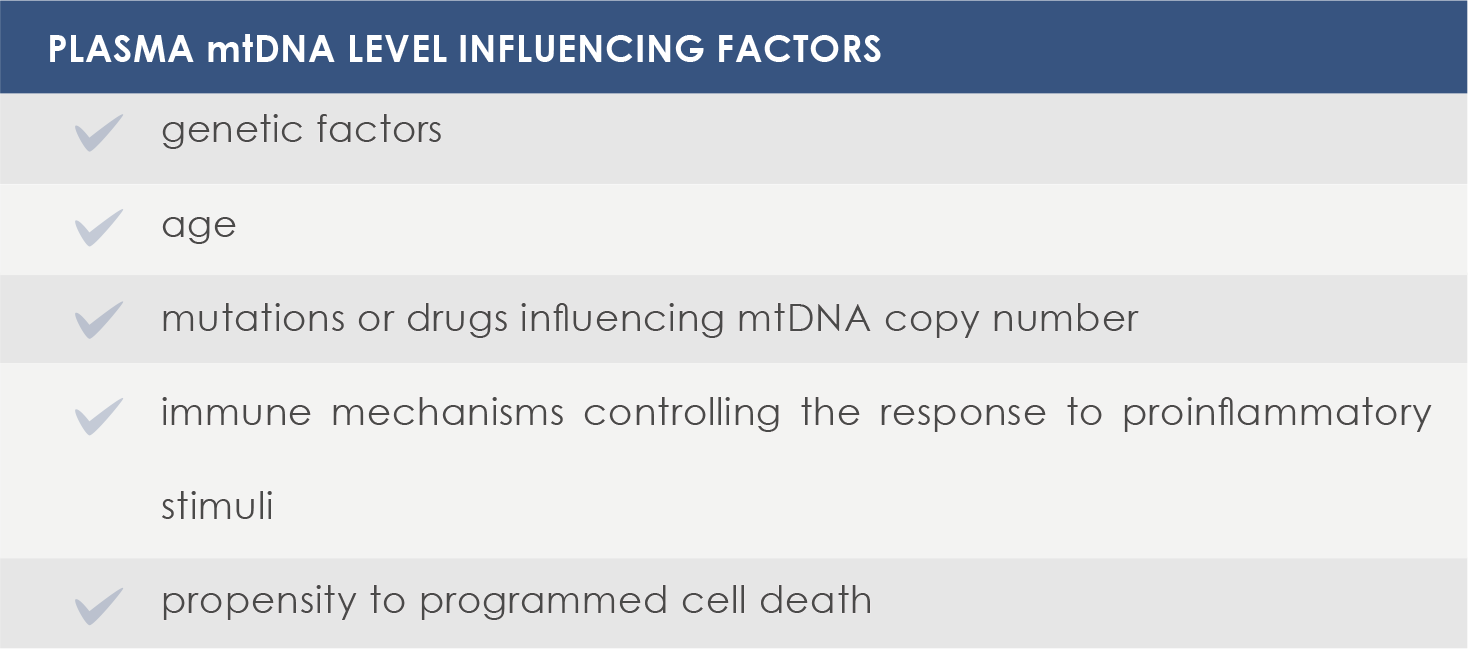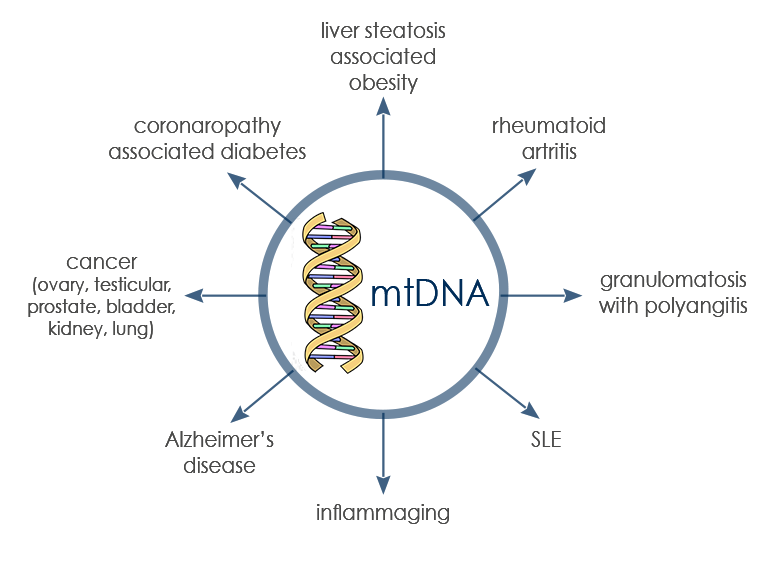Chronic low-grade inflammation is associated with many conditions that threaten the health of the organism. Even the malfunctioning of the mitochondria (the cell’s “power plants”) can contribute to increasing it, triggering the production of the molecules involved in the regulation of inflammatory phenomena, the cytokines.
The analysis of the proinflammatory cytokine levels makes it possible to detect the asymptomatic inflammation triggered by the malfunction of the mitochondria and to counteract the increased risk of developing chronic diseases that can significantly compromise the quality of life.



